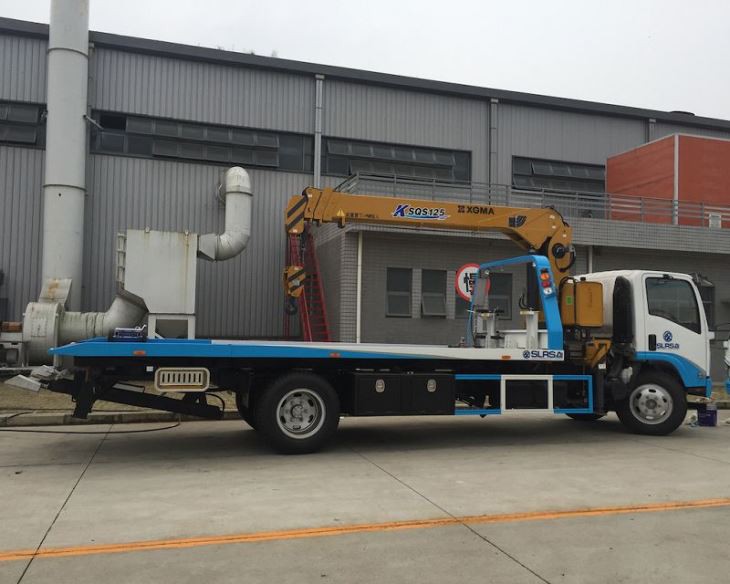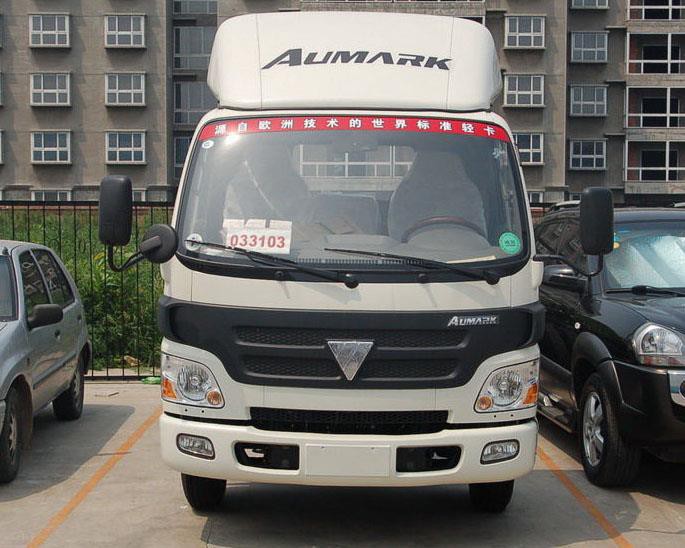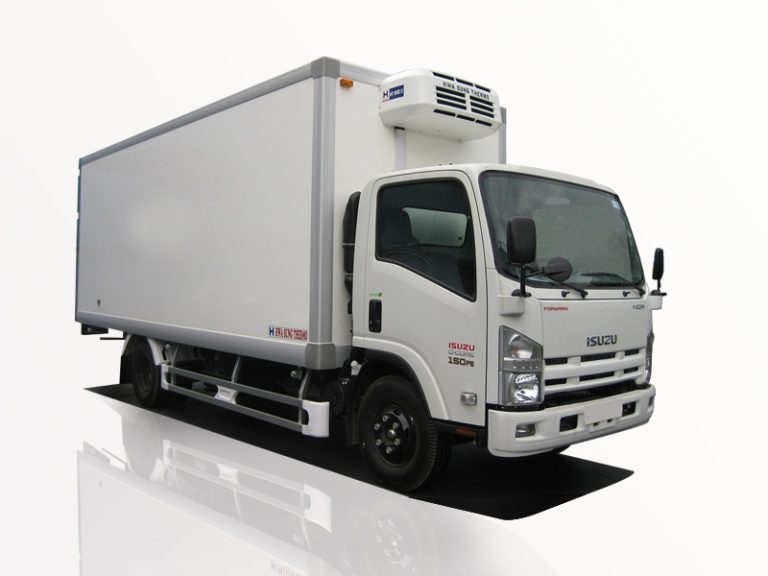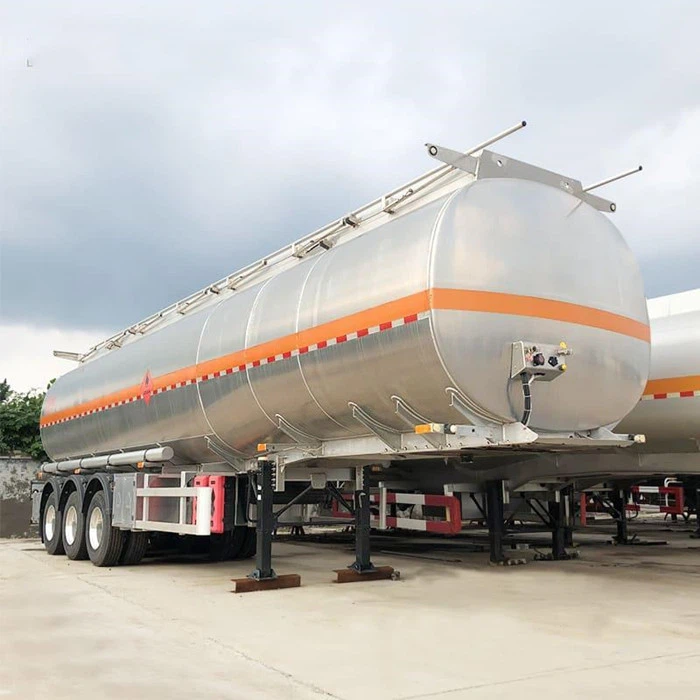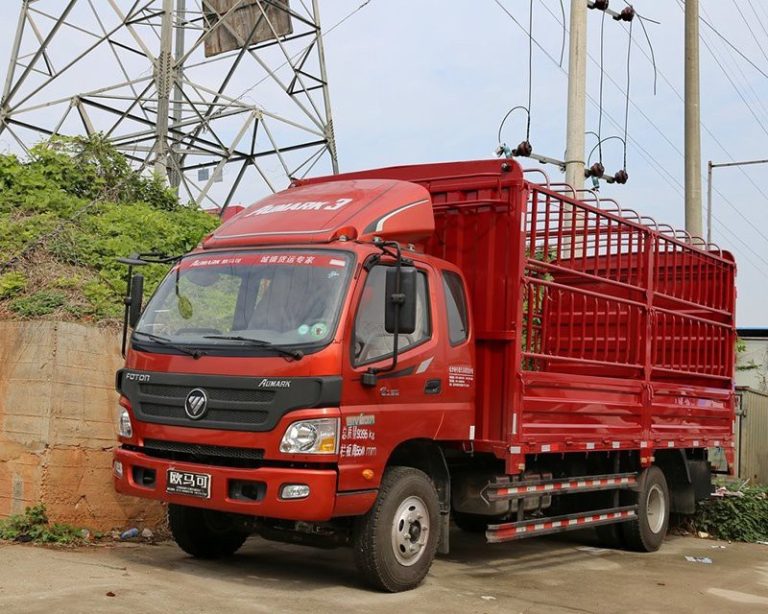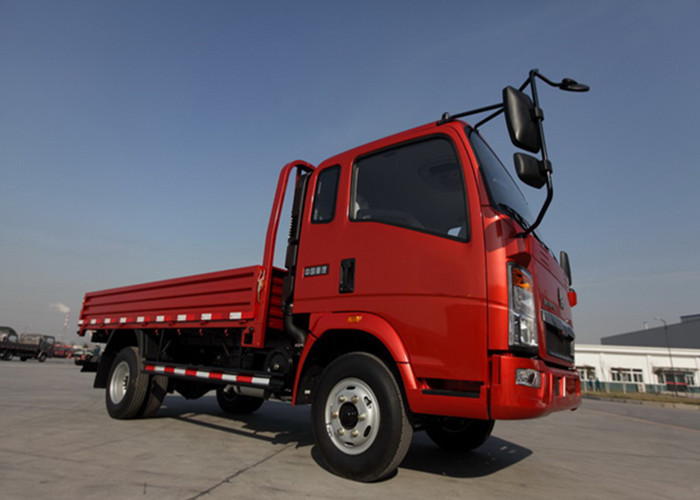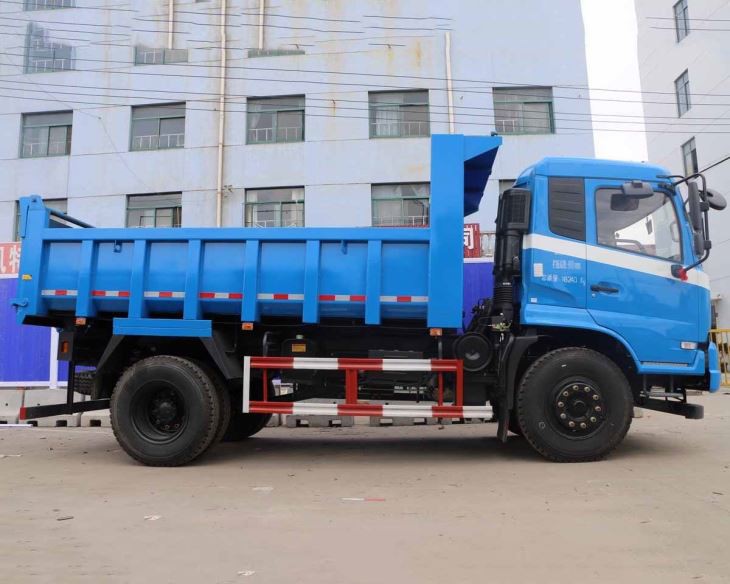Vacuum sweeper trucks play a crucial role in maintaining cleanliness and order in urban environments. These specialized vehicles are designed to efficiently collect debris, dust, and garbage from streets, parking lots, and other areas, ensuring public spaces remain tidy and safe. In this article, we will explore the various aspects of vacuum sweeper trucks, including their types, benefits, operation, maintenance, and their role in environmental sustainability.
What is a Vacuum Sweeper Truck?
A vacuum sweeper truck is a specialized vehicle equipped with advanced cleaning technologies that enable it to suck up dirt, debris, and litter from various surfaces, including asphalt and concrete. Often used by municipalities and commercial property owners, these trucks help keep streets and public spaces clean and visually appealing.
Key Components of a Vacuum Sweeper Truck
- Vacuum System: This system creates suction to collect debris.
- Water Tanks: Used to keep dust down and aid in the cleaning process.
- Brooms: Side brooms extend outward to sweep debris into the path of the vacuum.
- Chassis: The vehicle’s frame, which supports all components.
- Cab Control: The area where the operator manages all operations of the sweeper.
Types of Vacuum Sweeper Trucks
1. Mechanical Broom Sweepers
Mechanical broom sweepers use rotating brooms to push debris into a collection hopper and are often less efficient in picking up fine particles.
2. Vacuum Sweepers
These utilize a vacuum system to draw debris into the hopper. They are generally more effective for capturing dust and fine materials.
3. Combination Sweepers
Combination sweepers feature both mechanical brooms and a vacuum system, providing an effective solution for various cleaning needs.
4. Regenerative Air Sweepers
Regenerative air sweepers use high-velocity jets to create airflow, which lifts debris and dust for collection. They work well on various surfaces and are efficient at dust control.
5. Truck-Mounted vs. Trailer-Mounted
| Type | Mounting | Pros | Cons |
|---|---|---|---|
| Truck-Mounted | Integrated into truck chassis | More compact, easier maneuverability | Limited debris capacity |
| Trailer-Mounted | Attached to towing vehicle | Larger capacity, flexible setup | More difficult to maneuver |
Benefits of Vacuum Sweeper Trucks
1. Environmental Sustainability
Vacuum sweeper trucks are essential in reducing pollution by keeping roads clean, which in turn helps minimize stormwater runoff containing harmful debris.
2. Improved Air Quality
By effectively capturing dust and fine particulate matter, these trucks contribute to better air quality in urban areas.
3. Enhanced Public Safety
Regular street cleaning decreases the risk of accidents caused by debris or litter obstructing traffic or pedestrian pathways.
4. Aesthetic Appeal
A well-maintained environment improves the look and feel of a community, which can positively affect property values and tourism.
5. Time Efficiency
Compared to manual cleaning methods, vacuum sweeper trucks can cover significantly larger areas in a shorter time, making them an economical choice for cities and businesses.
How to Operate a Vacuum Sweeper Truck
1. Pre-Operation Checks
- Inspect the vehicle for any wear and tear.
- Check fluid levels in tanks and engine oil.
- Ensure all controls are working properly.
2. Setting Up the Equipment
Before operating the truck, the driver should ensure that the side brooms are correctly positioned and that the vacuum system is functional. The water spray system should also be checked to minimize dust generation.
3. Operating the Truck
The operator must familiarize themselves with the controls to engage the vacuum and broom systems effectively. Clear communication with ground support is crucial to ensure efficient operation.
4. Navigating the Area
When driving the vacuum sweeper truck, operators should maintain a steady speed to capture debris effectively and avoid jerky movements that might cause debris to scatter.
5. Post-Operation Maintenance
After use, operators should clean the vacuum system and brooms, empty the debris hopper, and conduct a final inspection to identify any required maintenance.
Maintenance of Vacuum Sweeper Trucks
1. Routine Maintenance Schedules
- Daily inspections of key components.
- Weekly cleaning of vacuum systems and hoppers.
- Monthly checks of mechanical elements and fluid levels.
2. Training for Operators
Operators should undergo training to understand the truck’s systems and recognize symptoms of potential failures, thus ensuring longevity and performance.
3. Common Issues and Troubleshooting
| Problem | Possible Cause | Solutions |
|---|---|---|
| Poor suction | Clogged vacuum hose | Inspect and clear debris from hose |
| Broom not rotating | Motor failure | Inspect motor and replace if necessary |
| Water spray system not functioning | Tank empty or pump failure | Refill water tank and check pump operation |
Practical Examples of Vacuum Sweeper Truck Applications
1. Urban Street Cleaning
City councils utilize vacuum sweeper trucks to maintain streets and public parking lots, significantly improving urban aesthetics and reducing dust levels.
2. Event Cleanup
For large events such as festivals or fairs, vacuum sweeper trucks are deployed to clean up after attendees have left, ensuring a swift restoration of public spaces.
3. Parking Lot Maintenance
Commercial properties hire vacuum sweepers to keep parking lots clean and litter-free, enhancing the customer experience.
Future Trends in Vacuum Sweeper Trucks
1. Electric Vacuum Sweepers
The growth of electric-powered vehicles is set to transform vacuum sweepers, with goals of reducing emissions and operational costs.
2. Integration of AI Technology
By utilizing AI, future vacuum sweeper trucks may be able to optimize their routes in real time, increasing efficiency and reducing fuel consumption.
3. Enhanced Sensors and Automation
Advancements in sensors will facilitate better detection of debris and smarter operation, potentially allowing for automated cleaning of streets.
Frequently Asked Questions (FAQs)
1. How often should streets be cleaned with vacuum sweeper trucks?
Cleaning frequency depends on the area’s traffic, weather conditions, and local regulations, but many cities clean main streets daily or weekly.
2. What is the average lifespan of a vacuum sweeper truck?
Generally, vacuum sweeper trucks can last anywhere from 8 to 15 years if maintained properly.
3. Are vacuum sweeper trucks environmentally friendly?
Yes, they help reduce litter and pollutants while improving air quality, contributing positively to the environment when operated correctly.
4. What is the cost of purchasing a vacuum sweeper truck?
The price can range significantly based on the model and features, from approximately $100,000 to over $300,000 for advanced models.
5. Can vacuum sweeper trucks be used in winter?
Yes, many vacuum sweepers can operate in winter conditions, though operators should be cautious of ice and slippery roads.
6. What maintenance is required for a vacuum sweeper truck?
Regular checks of fluid levels, cleaning of vacuum systems, and inspections of mechanical components are essential to keep the truck in good working order.
